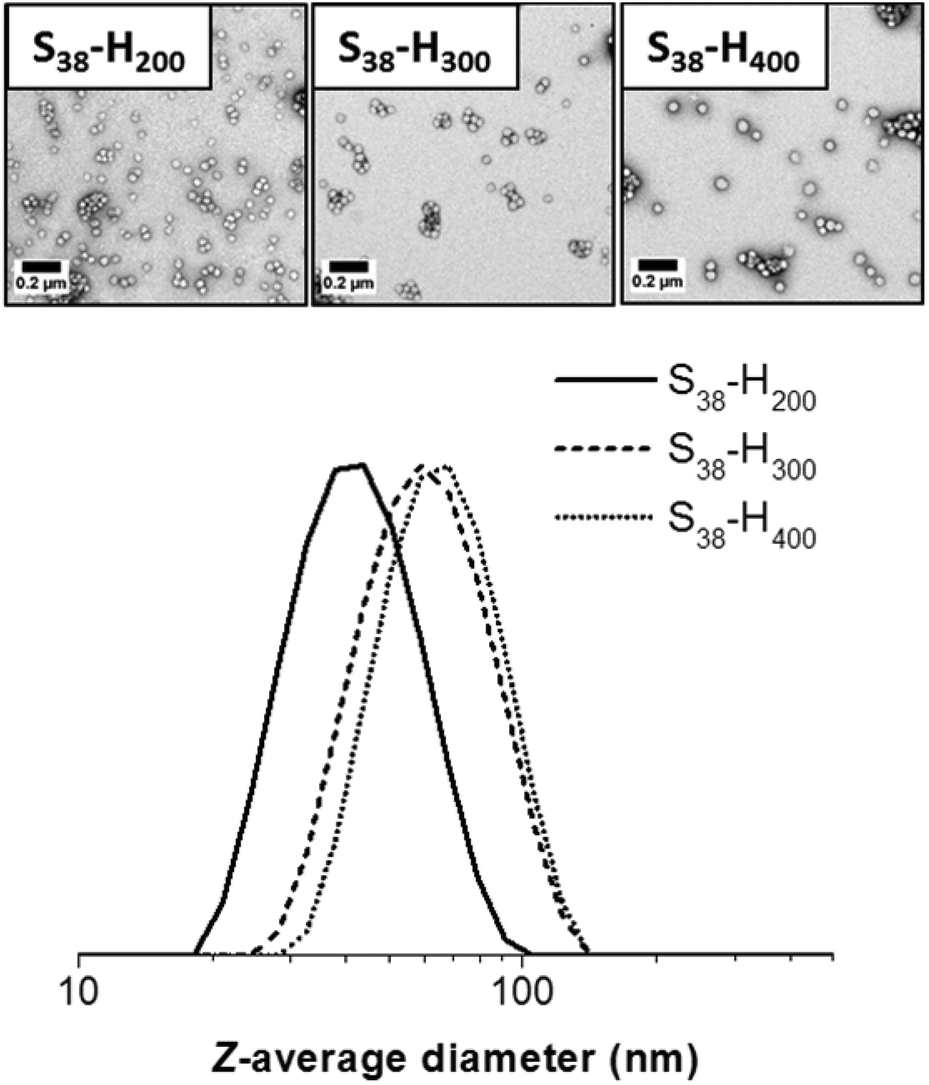

The spectrum of the dynamical system is the spectrum of this unitary representation.Starting with the work of Dworkin, it has been shown in various degrees of generality that the dynamical spectrum contains the diffraction spectrum (see for a similarstatement as well). This dynamical system then induces a unitary representation of the translationgroup. The elements of the dynamical system then represent the various manifestations of the ’same’ formof disorder.

Recall that (dis)order is commonly modeled by dynamical systems. As mentioned already, we will be concerned with the connection of diffraction theory anddynamical systems. Let us emphasize that this conceptual mathematical question hasalready attracted attention before the dawn of quasicrystals, as can be seen e.g in Meyer’sbook or the corresponding chapters in Queffelec’s book. To extend this intuition has beena driving force of the conceptual mathematical study of diffraction for aperiodic order (seee.g. A particular instance ofthis intuition is given by the Poisson summation formula. The basic intuition is now that order in the original measure willshow up as a (large) pure point component in its Fourier transform. The diffraction is then described by the Fouriertransform of this measure. In mathematical diffraction theory,the solid in question is modeled by a measure. Besides this externallymotivation, there also is a strong intrinsic mathematical interest in diffraction theory.In order to be more precise on this point, let us shortly and with some grains of salt describemathematical diffraction theory (see Section 4 for details). Of course, the discovery of quasicrystals by diffraction experimentslead to a particular interest in diffraction theory of aperiodic order. These exhibit a(large) pure point component (meaning order) with symmetries incompatible with periodicity(meaning aperiodicity). These substances were discov-ered experimentally by their unusual and rather striking diffraction patterns. the monographs and proceeding volumes ).Part of this research is certainly triggered by the actual discovery of physical substancesexhibiting this form of disorder twenty five years ago. While giving a precise meaning to this remains oneof the fundamental mathematical challenges in the field, a wide range of distinctive featurehas been studied in such diverse fields as combinatorics, discrete geometry, harmonic analysis,K-theory and Schr¨odinger operators (see e.g. It is commonly understood to mean a form of (dis)order at the veryborder between periodicity and disorder. There is no axiomatic framework foraperiodic order yet. A most prominent one is longrange aperiodic order or, for short, aperiodic order. Various regimesof disorder have attracted particular attention in recent years. Our main motivation comes from the study of aperiodic order.The study of (dis)order is a key issue in mathematics and physics today. This paper deals with mathematical diffraction theory and its relationship to dynamicalsystems. It allows us to set up a perturbation theoryfor arbitrary equivariant measurable perturbations. Our approach is based on astudy of almost periodicity in a Hilbert space. This generalizes all earlier results of this type. We show equivalence of pure point diffraction and pure point dynamical spec-trum for measurable dynamical systems built from locally finite measures on locally compactAbelian groups. J un PURE POINT SPECTRUM FOR MEASURE DYNAMICAL SYSTEMS ONLOCALLY COMPACT ABELIAN GROUPS


 0 kommentar(er)
0 kommentar(er)
